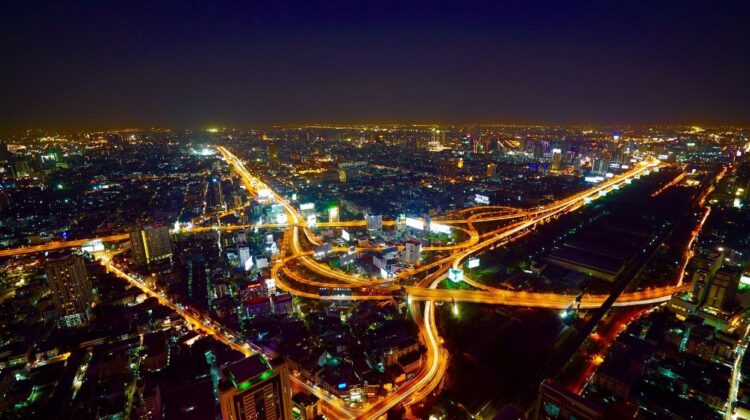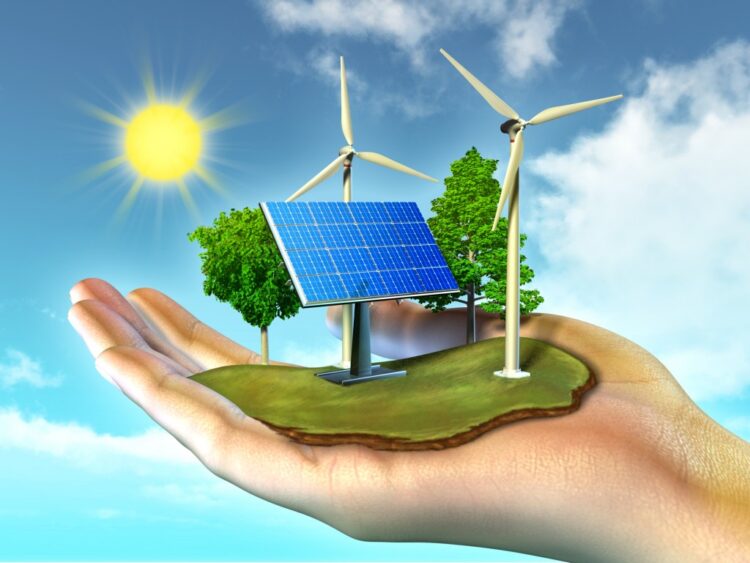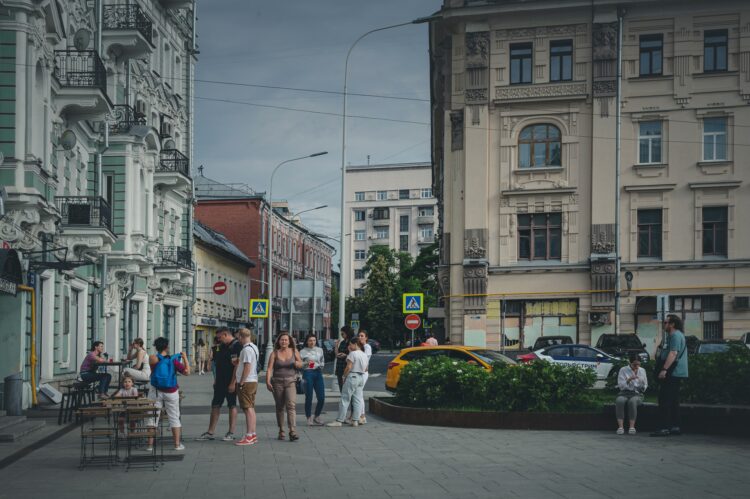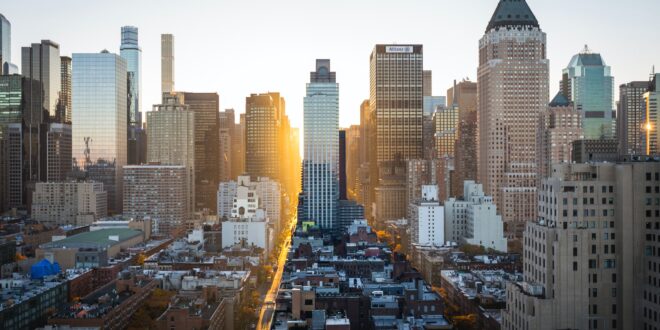Wherever you might live right now, it isn’t possible that the everlasting changes and evolution of the living and not-so-alive things around you have passed without your notice. Smart technology seems to be rapidly showing its predominance and doesn’t seem willing to stop. This is why, based on its name, we tend to give the prefix ‘smart’ to everything it has touched regardless of the original meaning of this word and its connotation
We can all agree that there are plenty of areas that this sphere has moved into with the tendency to stay and make itself comfortable. Those can be divided into groups such as transport, energy, water and sanitation, building and housing, urban manufacturing, urban farming, resources, waste material processing, city planning… you name it. We may not be aware of it, but our environment keeps changing under this influence – and here’s how this happens.
Traffic flow

Traffic is something we all think about when making a difference between more and less urban (rural) areas. In urban ones, people like to be able to get smoothly through congested traffic to their destinations, while those in rural areas don’t think about this almost at all. This probably happens because they never face the annoyance of such kind in their everyday lives.
Smart tech solutions offer some options for adjustment of public transportation routes depending on the demand and improve the traffic light systems to an unimaginable extent. This way, traffic jams get reduced and many people are encouraged to use the improved version of public transportation while decreasing pollution at the same time, leaving their cars at home.
City resources usage
City resources include various communal services that are at citizens’ disposal in every town of the world. Those service providers offer certain smart tech solutions in order to track the statistics related to available parking places, remaining space in garbage containers, and many other objects.
This will lower the usage of their resources significantly, and as a result of this, their expenses will decrease as well, reallocating their main focus where necessary.
Energy efficiency

Some once said: ‘Where energy goes, energy grows’. As the main start of every activity, energy efficiency is what many city officials drive toward finding ways to overcome liabilities. The air we breathe is a non-negotiable interest in keeping everything clean and pure, yet pollution that comes with urbanization takes its toll. Smart cities turn technology into their friend and use limited resources to monitor energy use and reduce consumption. They do it by leaving the convenience at the same or higher level. LED light technology helps with street lighting, while solar and wind energy increase efficiency and clean energy use. On the other hand, energy production from biomass decreases the risk of carbon-filled energy production.
Safety of citizens
When picking the place to live, many people (depending on the country, state, or republic) put safety as a factor on top of their lists. Wi-Fi connectivity, smart cameras, and so-called IoT technology make safety almost guaranteed in many cities around the world.
IoT helps local police departments by merging physical objects, such as cars, buildings, or others with built-in electronics, software of sensor systems that enable the exchange of data with operators, manufacturers, or other connected devices. Public safety is something we’re all interested in – and smart tech has made more options than ever to make that possible.
Citizens’ mobility

When people work together with the same goal, everything’s possible. People living in the same city, or maybe in a small community, are usually dealing with similar or same issues. They have some points of view on how to solve these by themselves or present it to the local officials
Some ways in which technology steps in and gives a hand to the citizens include shared apps or other platforms where the locals can share their ideas and come up with acceptable ways to deal with the issues. They can ‘trigger’ the construction of robotics for energy-efficient buildings or the introduction of new surveillance systems that can monitor less safe areas of the neighborhood. Other things they can work on include certain ride-hailing options for neighbors who work together in order to decrease the usage of unnecessary car use.
Artificial intelligence in city planning
City planning is more or less turned toward the interest of the citizens’ growing needs, and many developed countries already use AI in this sphere. This also spreads to less developed countries (cities) shortly, making some significant progress.
Services like these include all data collected using local cameras, sensors, and other information available locally to ensure better management of services available to the local. This leads to an easier and better life for people who live there and, while it can be costly, like certain predictions from Texnologia say, it’s certainly worthwhile.
Watering system improvement
If we compare traditional irrigation systems that have predetermined operation programs with the new ones, we don’t need to think too much: it’s clear that smart tech has brought these to a new level as well.
While using so-called smart irrigation controllers, the watering system can monitor weather and soil conditions and adjust the watering to the at-the-moment circumstances. Some additional techniques have been developed, so today we can use robotics for piping systems and their repairs and management, as well as the supply of this very important resource.
How can we know if a city is smart? Is it using communication and other technology solutions to improve the life of the local people? Or promoting sustainable development in every pore of everyday decisions? The answer may be ‘no’ in many areas. Yet, based on the predictions about the decline in fossil sources in the next decades, we know what we can expect from our cities in the future. Smart technology is and will be shaping the way we perceive the possible and impossible, and there’s no way back to how it used to be – especially if we are to create better versions of the world for our descendants.
 Hi Boox Popular Magazine 2024
Hi Boox Popular Magazine 2024



